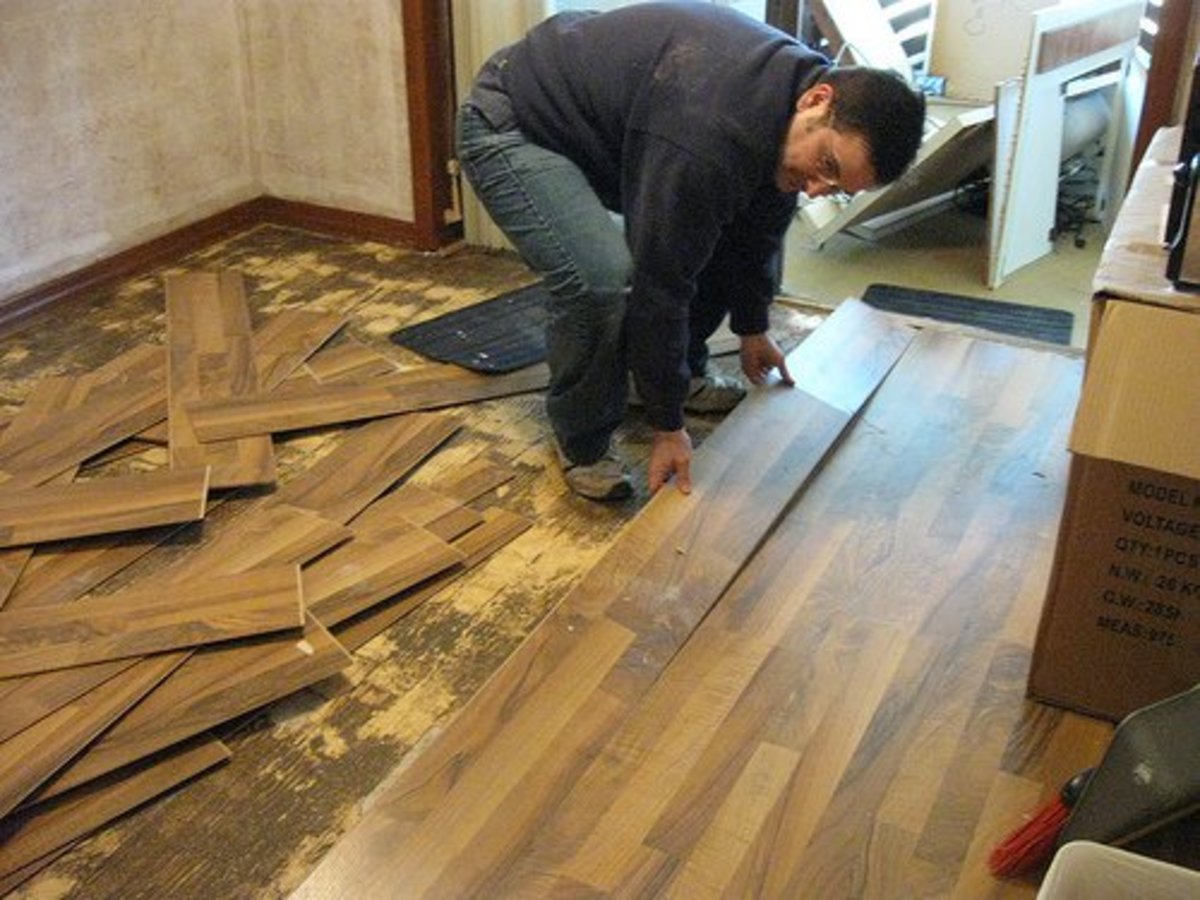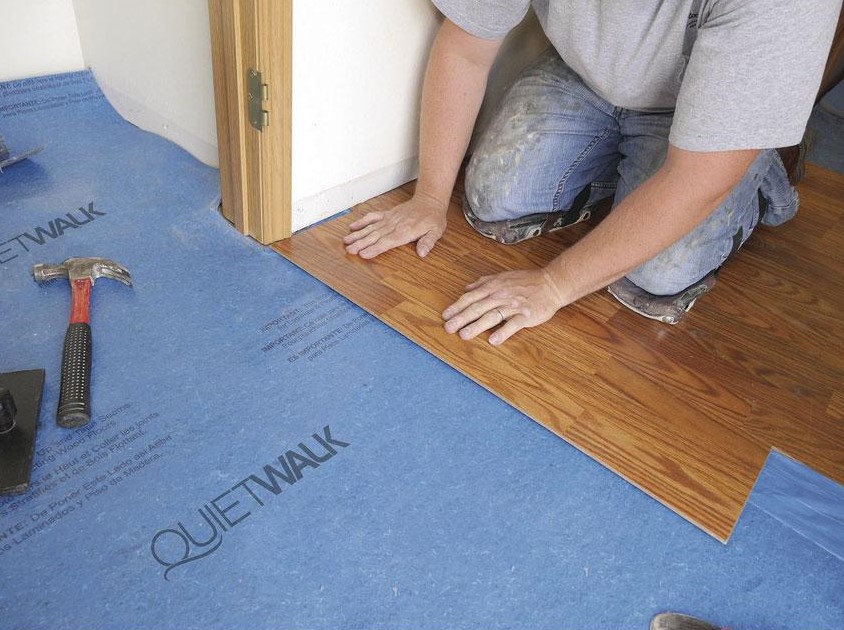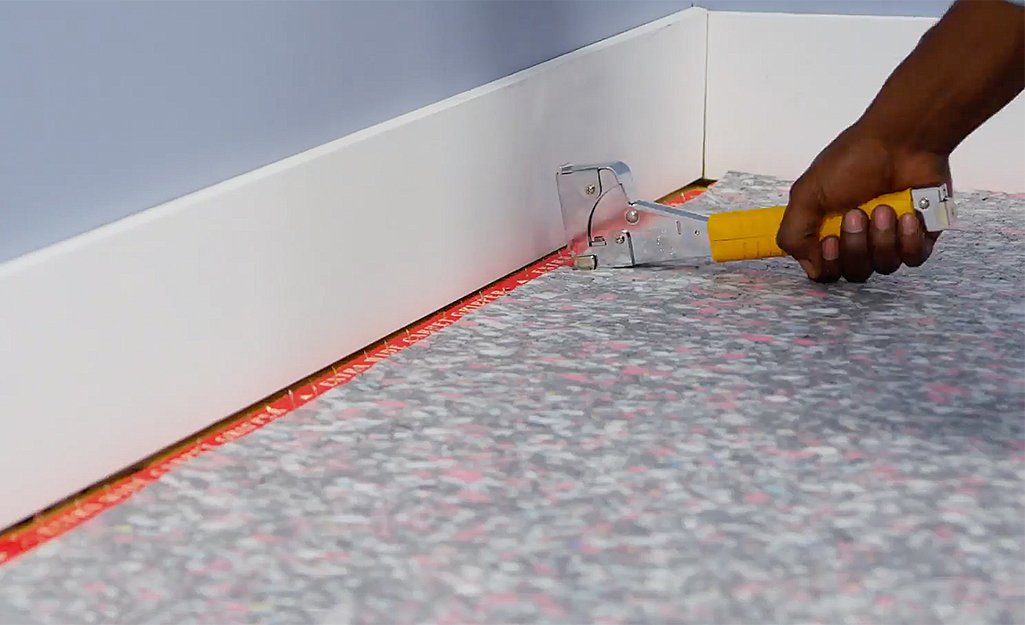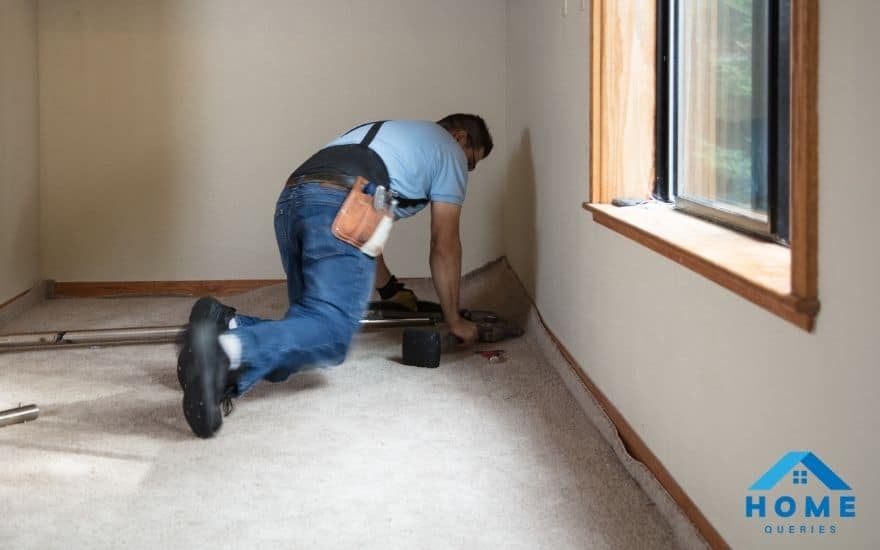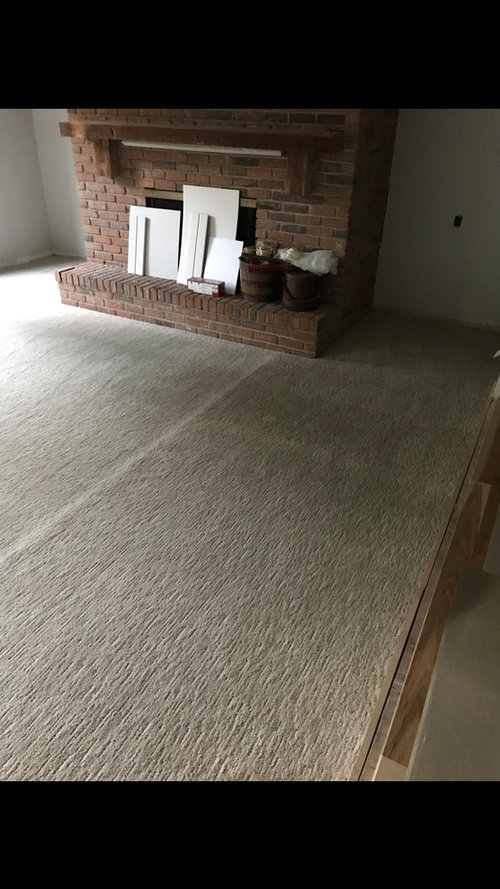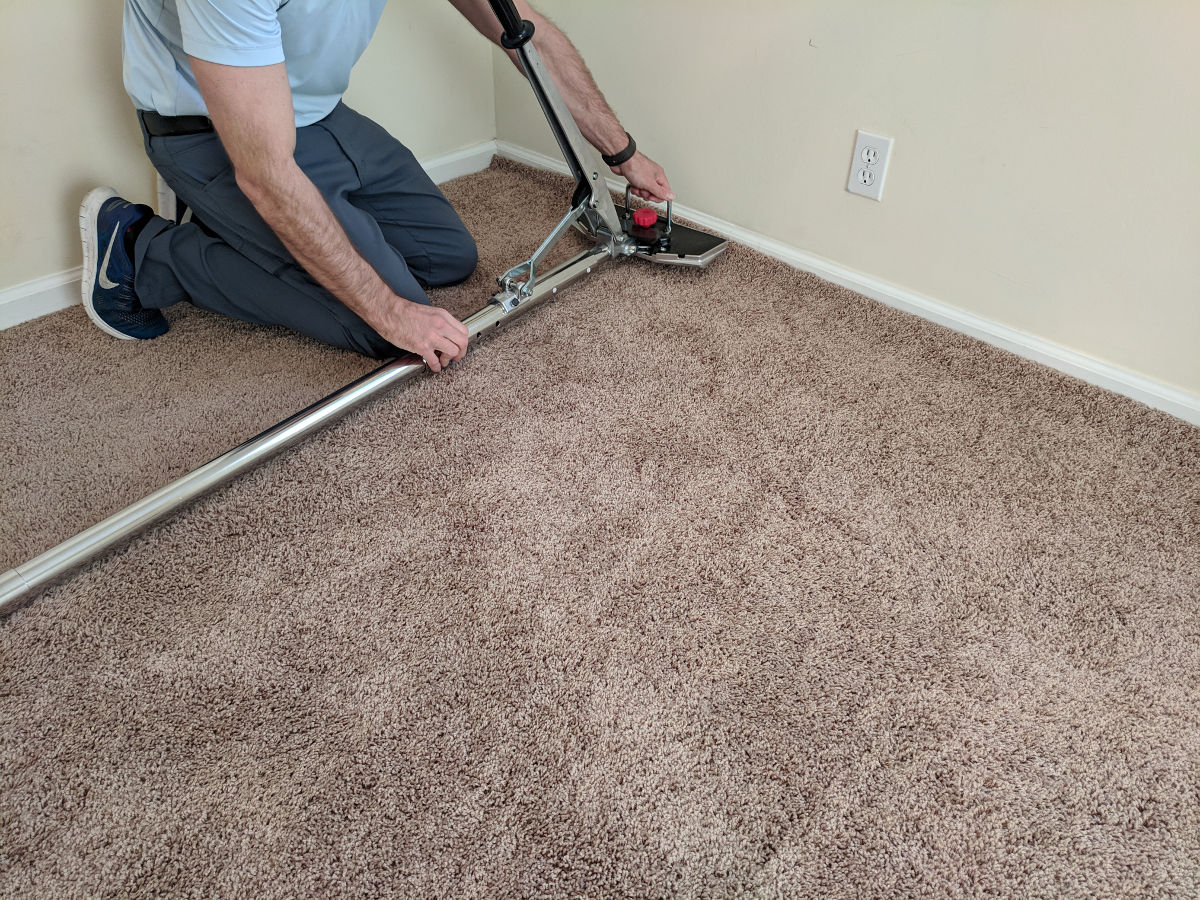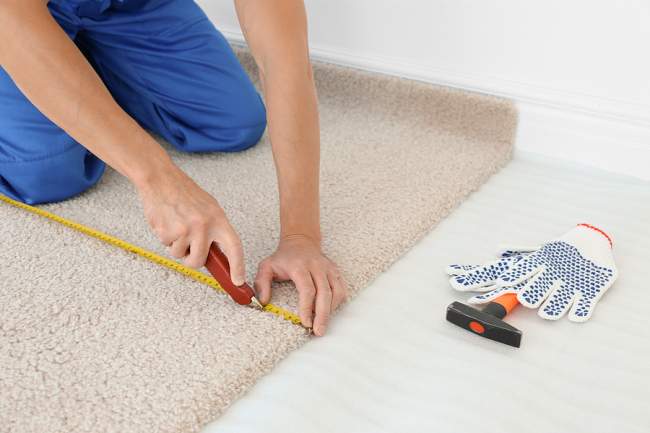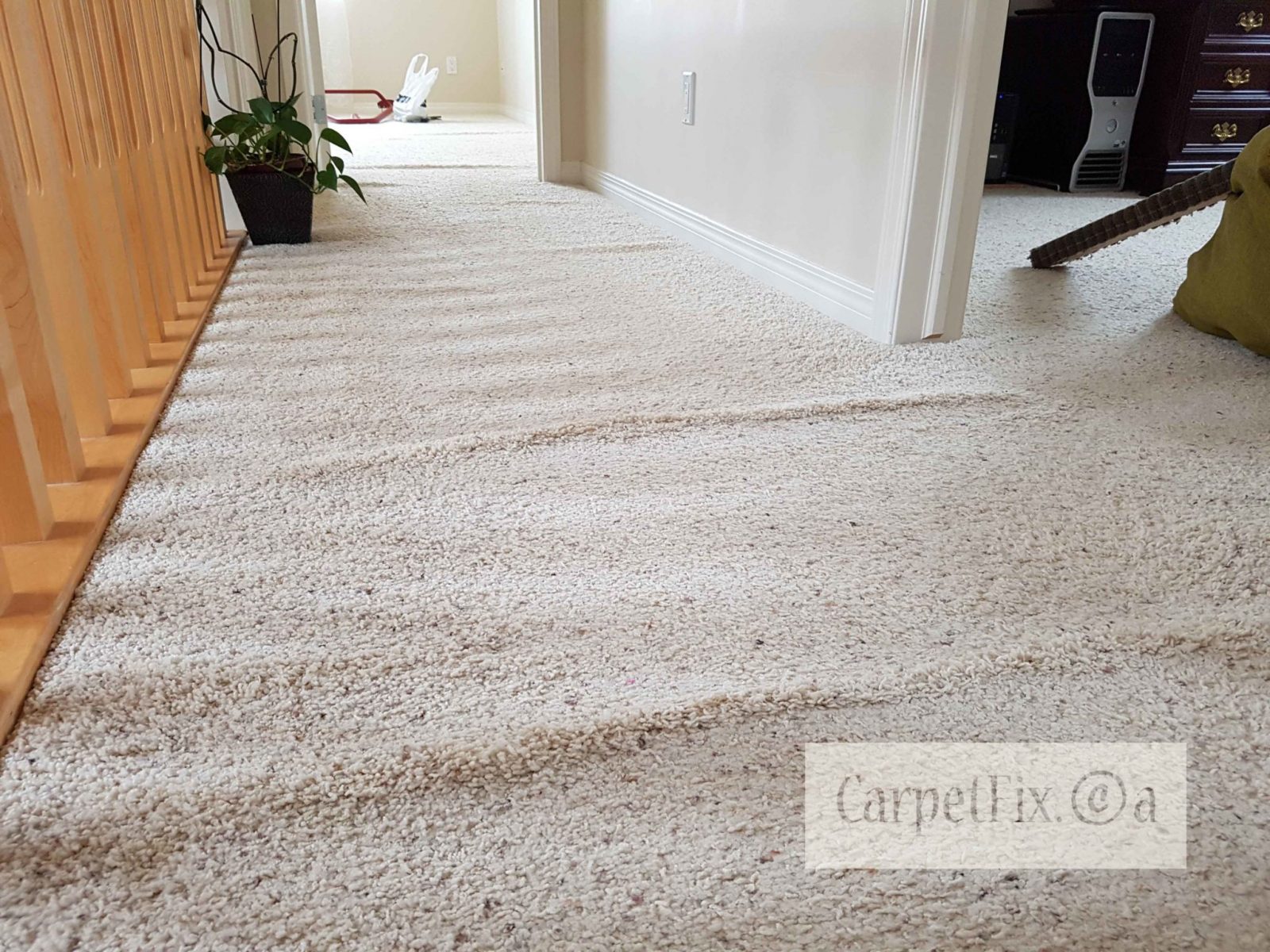Carpet Installation: How to Install Carpet in a Living Room
Installing carpet in a living room can instantly transform the space into a warm and cozy area for relaxation and socializing. However, the process of installing carpet can be overwhelming for some, especially if it's their first time. But fear not, with the right tools and knowledge, you can easily install carpet in your living room and achieve professional-looking results. Here's a step-by-step guide on how to install carpet in a living room.
How to Install Wall-to-Wall Carpet Yourself
Wall-to-wall carpeting is a popular choice for living rooms because it covers the entire floor and provides a soft and comfortable surface to walk on. If you want to save money on installation costs, you can install wall-to-wall carpet yourself. Here's how:
Step 1: Measure the room
Before purchasing your carpet, measure the room to determine how much carpet you will need. Measure the length and width of the room and add a few extra inches to ensure you have enough carpet to work with.
Step 2: Prepare the room
Remove all furniture and clean the room thoroughly. Make sure the subfloor is dry and smooth, and remove any nails or staples that may be sticking out.
Step 3: Lay down the carpet padding
Roll out the carpet padding on the subfloor, making sure to cover the entire floor. Use a staple gun to secure the padding in place, leaving a few inches of extra padding along the walls.
Step 4: Lay out the carpet
Roll out the carpet on top of the padding, making sure it is centered in the room and there are no wrinkles or bubbles. Trim the excess carpet along the edges, leaving a few inches for trimming later.
Step 5: Secure the carpet
Using a carpet kicker, stretch the carpet towards the walls and secure it in place using a knee kicker or a power stretcher. Use a carpet knife to trim the excess carpet along the edges and tuck it under the baseboards.
How to Install Carpet Tiles in Your Home
Carpet tiles are a popular choice for living rooms because they are easy to install, and you can create unique patterns and designs with them. Here's how to install carpet tiles in your living room:
Step 1: Measure and prepare the room
Measure the room and prepare the subfloor by cleaning it and making sure it is smooth and dry. Remove any nails or debris that may be on the floor.
Step 2: Lay out the tiles
Start in one corner of the room and lay out the tiles in your desired pattern. Use a chalk line to create straight lines and keep the tiles aligned.
Step 3: Adhere the tiles
Peel off the backing and adhere the tiles to the subfloor, starting at the center and working your way outwards. Use a carpet roller to ensure the tiles are securely in place.
Step 4: Trim the edges
Use a carpet knife to trim the edges of the tiles to fit the room perfectly. You can also use a straight edge to create a clean and precise cut.
How to Choose the Right Carpet for Your Living Room
Choosing the right carpet for your living room is essential to achieve the desired look and feel of the space. Here are some factors to consider when selecting a carpet:
Color and style: Choose a color and style that complements your living room's decor and reflects your personal taste.
Material: Carpets come in a variety of materials, such as wool, nylon, and polyester. Consider the durability, maintenance, and feel of the material before making a decision.
Pile: Pile refers to the density and length of the carpet fibers. A high pile carpet will feel softer and more luxurious, while a low pile carpet is easier to clean and maintain.
Budget: Set a budget for your carpet and stick to it. Remember to consider the cost of installation and maintenance when making your decision.
DIY: How to Install Carpet on Stairs
Installing carpet on stairs may seem like a daunting task, but with the right tools and techniques, you can do it yourself. Here's how:
Step 1: Measure the stairs
Measure the stairs and add a few inches to ensure you have enough carpet to work with. Cut the carpet to the correct size, making sure to leave a few inches for trimming.
Step 2: Prepare the stairs
Clean the stairs and remove any old carpet or adhesive. Sand down any rough spots and make sure the stairs are dry and smooth before proceeding.
Step 3: Attach the carpet padding
Attach the carpet padding to the stairs using a staple gun, making sure to cover the entire surface of each step.
Step 4: Install the carpet
Lay the carpet on the stairs, making sure it is centered and there are no wrinkles or bubbles. Use a staple gun to secure the carpet in place, leaving a few inches for trimming.
Step 5: Trim and secure
Trim the excess carpet and tuck it under the lip of the stairs. Use a knee kicker or a power stretcher to secure the carpet in place, and use a carpet knife to trim any excess along the edges.
How to Measure for Carpet in a Room
Before purchasing carpet, it's essential to measure the room accurately to determine how much carpet you will need. Here's how:
Step 1: Measure the length and width
Measure the length and width of the room, and multiply the two numbers to get the total square footage.
Step 2: Add extra for trimming
Add a few inches to the length and width to ensure you have enough carpet to work with and trim later.
Step 3: Consider the carpet pattern
If you are installing patterned carpet, make sure to add extra square footage to match the pattern and ensure it lines up correctly.
How to Remove Old Carpet and Lay Laminate Flooring
If you have old carpet in your living room that you want to replace with laminate flooring, here's how to do it:
Step 1: Remove the old carpet
Use a utility knife to cut the carpet into smaller sections and roll it up. Remove the carpet and padding, and make sure to discard it properly.
Step 2: Prepare the subfloor
Clean the subfloor and remove any staples or debris. Make sure the subfloor is dry and smooth before proceeding.
Step 3: Lay down the underlayment
Roll out the underlayment on top of the subfloor, making sure to cover the entire surface. Use a staple gun to secure the underlayment in place.
Step 4: Install the laminate flooring
Start at one corner of the room and lay down the first row of laminate flooring, making sure to leave a small gap between the flooring and the wall. Continue laying down the flooring, making sure to stagger the seams.
Step 5: Trim and finish
Use a saw to trim the flooring to fit the room perfectly. Install baseboards and transition strips to complete the look.
How to Install Carpet Padding
Carpet padding is an essential element in carpet installation as it provides cushioning and helps the carpet last longer. Here's how to install carpet padding:
Step 1: Measure and cut the padding
Measure the room and cut the padding to fit, making sure to add a few inches along the edges.
Step 2: Lay the padding
Roll out the padding on the subfloor, making sure to cover the entire surface. Use a staple gun to secure the padding in place, leaving a few inches along the walls.
Step 3: Trim the padding
Use a utility knife to trim the excess padding along the edges, making sure it is neatly tucked under the baseboards.
How to Seam Carpet
Seaming carpet involves joining two pieces of carpet together to create a seamless look. Here's how to seam carpet:
Step 1: Cut the carpet
Place the two pieces of carpet next to each other and use a straight edge and a carpet knife to cut through both pieces of carpet at the same time. Make sure the cuts are clean and straight.
Step 2: Create a seam
Use a seaming tape to create a seam in between the two pieces of carpet. Make sure the tape is centered and covers the entire seam.
Step 3: Apply adhesive
Apply carpet adhesive to the seaming tape, making sure to cover the entire area.
Step 4: Join the carpet
Carefully place the two pieces of carpet together, making sure the edges are aligned and there are no wrinkles or bubbles. Use a carpet roller to firmly press the carpet into the adhesive.
How to Stretch Carpet
Stretching carpet is necessary to remove wrinkles and bubbles and ensure a smooth and even surface. Here's how to stretch carpet:
Step 1: Remove furniture
Remove all furniture from the room to allow for more space to work.
Step 2: Use a knee kicker
Starting at one corner of the room, use a knee kicker to stretch the carpet towards the opposite wall. Make sure to keep the carpet tight and aligned with the walls.
Step 3: Use a power stretcher
For larger rooms, a knee kicker may not be enough. In this case, use a power stretcher to stretch the carpet across the entire room, making sure to keep it aligned with the walls.
Step 4: Trim and finish
Use a carpet knife to trim the excess carpet along the edges and tuck it under the baseboards. Replace the furniture and enjoy your newly stretched carpet.
The Benefits of Placing Carpet in Your Living Room

Adding Comfort and Warmth
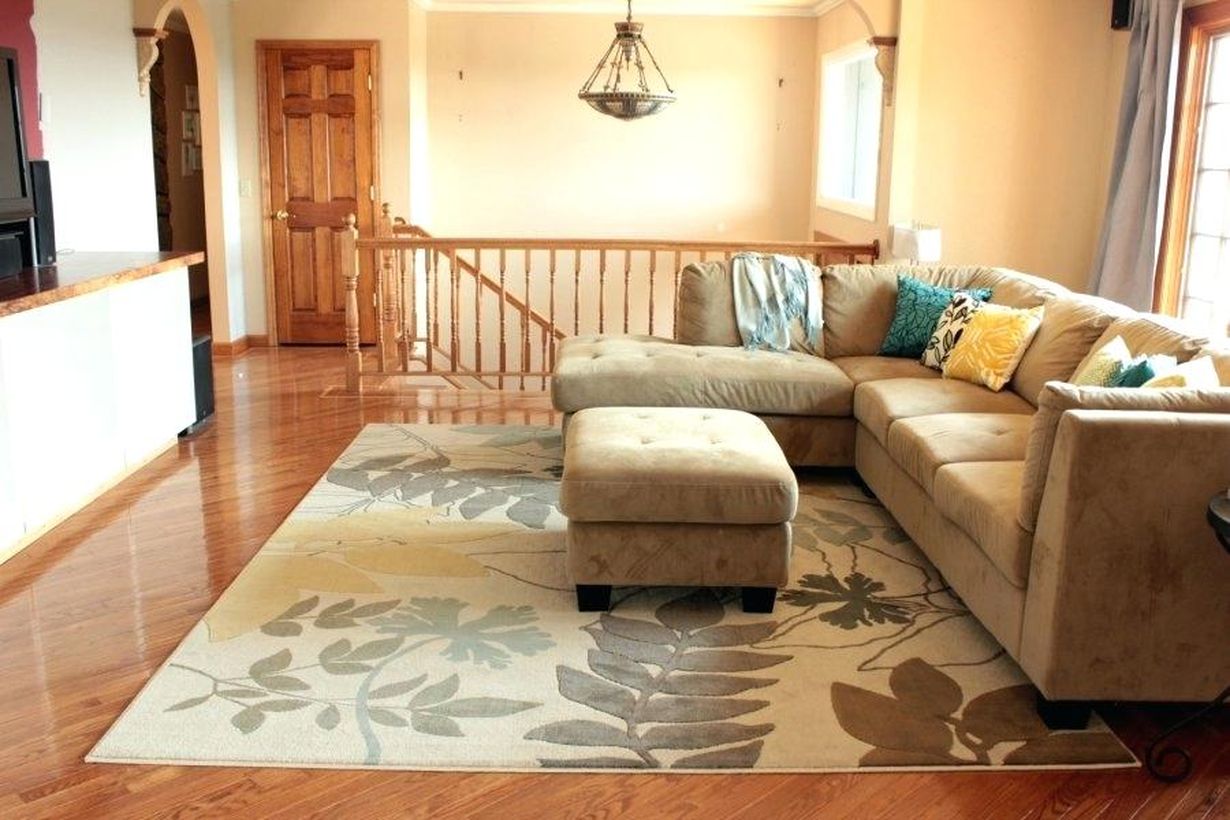 One of the main reasons why homeowners choose to place carpet in their living room is for the added comfort and warmth it brings. Hardwood or tile flooring can often feel cold and uninviting, especially during the colder months.
Carpet, on the other hand, provides a soft and cozy surface for your feet to sink into, making your living room a more inviting and comfortable space for lounging and relaxing.
Moreover, carpet also acts as an insulator, trapping heat and making the room feel warmer, which can save you money on your energy bills.
One of the main reasons why homeowners choose to place carpet in their living room is for the added comfort and warmth it brings. Hardwood or tile flooring can often feel cold and uninviting, especially during the colder months.
Carpet, on the other hand, provides a soft and cozy surface for your feet to sink into, making your living room a more inviting and comfortable space for lounging and relaxing.
Moreover, carpet also acts as an insulator, trapping heat and making the room feel warmer, which can save you money on your energy bills.
Noise Reduction
 Another benefit of carpet in the living room is its ability to reduce noise levels. If you have multiple levels in your home or share walls with neighbors, you know how disruptive and annoying noise can be.
Carpet acts as a natural sound absorber, reducing the sound of footsteps, furniture moving, and other household noises.
This is especially helpful for families with children or pets, as it can help create a quieter and more peaceful living environment.
Another benefit of carpet in the living room is its ability to reduce noise levels. If you have multiple levels in your home or share walls with neighbors, you know how disruptive and annoying noise can be.
Carpet acts as a natural sound absorber, reducing the sound of footsteps, furniture moving, and other household noises.
This is especially helpful for families with children or pets, as it can help create a quieter and more peaceful living environment.
Design Flexibility
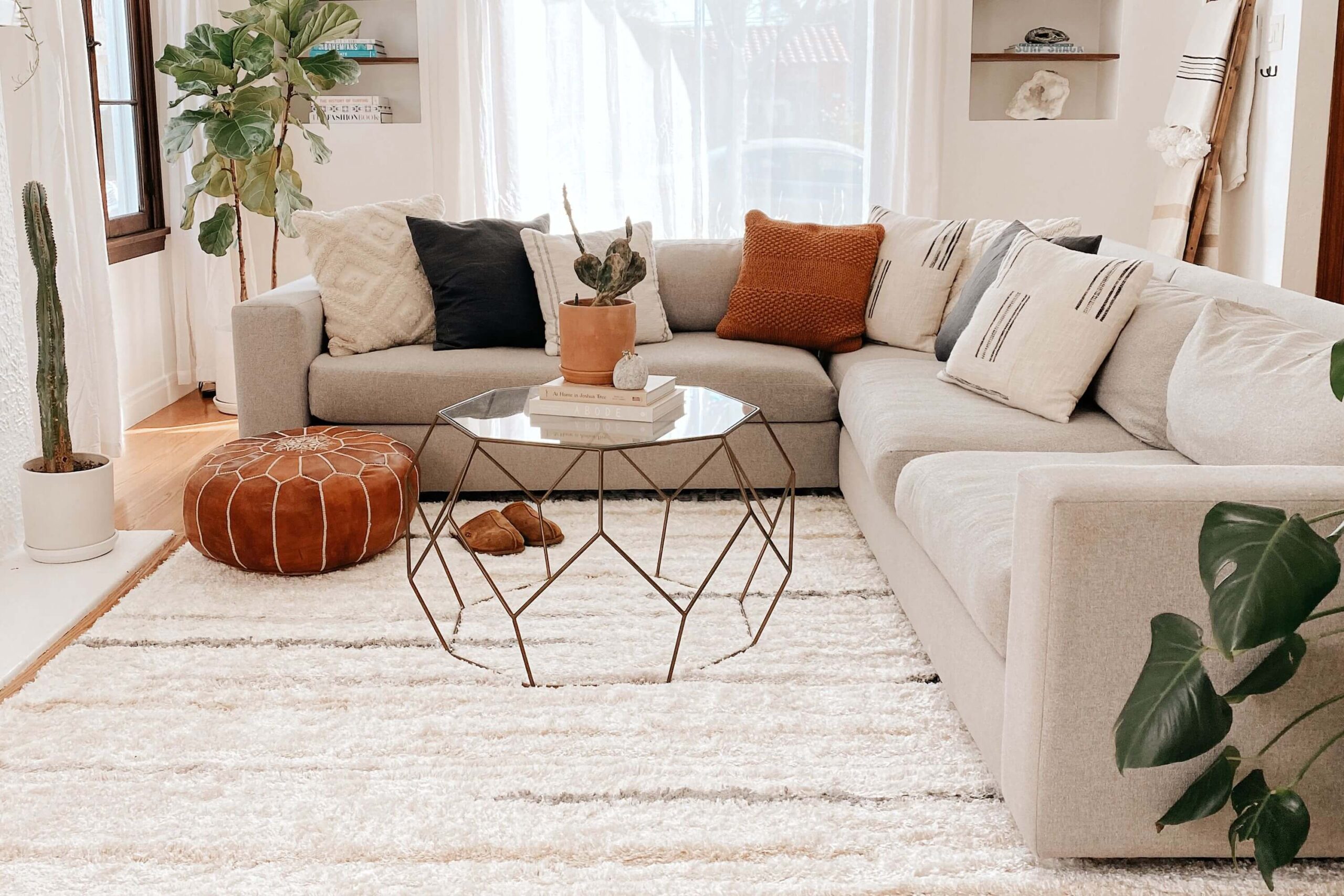 When it comes to interior design, carpet offers endless possibilities. With various colors, patterns, and textures to choose from, you can
create a unique and personalized look for your living room.
From a cozy and traditional feel to a modern and sleek design, carpet can easily fit into any aesthetic. It also allows for easy updates and changes in the future, as you can simply switch out the carpet to give your living room a new look.
When it comes to interior design, carpet offers endless possibilities. With various colors, patterns, and textures to choose from, you can
create a unique and personalized look for your living room.
From a cozy and traditional feel to a modern and sleek design, carpet can easily fit into any aesthetic. It also allows for easy updates and changes in the future, as you can simply switch out the carpet to give your living room a new look.
Safe and Durable
 Carpet is a great option for families with young children or elderly individuals as it provides a soft and safe surface to walk and play on. It also adds an extra layer of protection against slips and falls. And
contrary to popular belief, carpet is also durable and can withstand heavy foot traffic and everyday wear and tear, making it a long-lasting investment for your living room.
With proper maintenance and care, your carpet can look and feel like new for many years to come.
In conclusion, placing carpet in your living room offers numerous benefits, from added comfort and warmth to noise reduction and design flexibility.
With its many advantages, it's no wonder that carpet remains a popular choice among homeowners when it comes to flooring options.
So if you're looking to update your living room, consider adding carpet for a cozy, stylish, and practical addition to your home.
Carpet is a great option for families with young children or elderly individuals as it provides a soft and safe surface to walk and play on. It also adds an extra layer of protection against slips and falls. And
contrary to popular belief, carpet is also durable and can withstand heavy foot traffic and everyday wear and tear, making it a long-lasting investment for your living room.
With proper maintenance and care, your carpet can look and feel like new for many years to come.
In conclusion, placing carpet in your living room offers numerous benefits, from added comfort and warmth to noise reduction and design flexibility.
With its many advantages, it's no wonder that carpet remains a popular choice among homeowners when it comes to flooring options.
So if you're looking to update your living room, consider adding carpet for a cozy, stylish, and practical addition to your home.



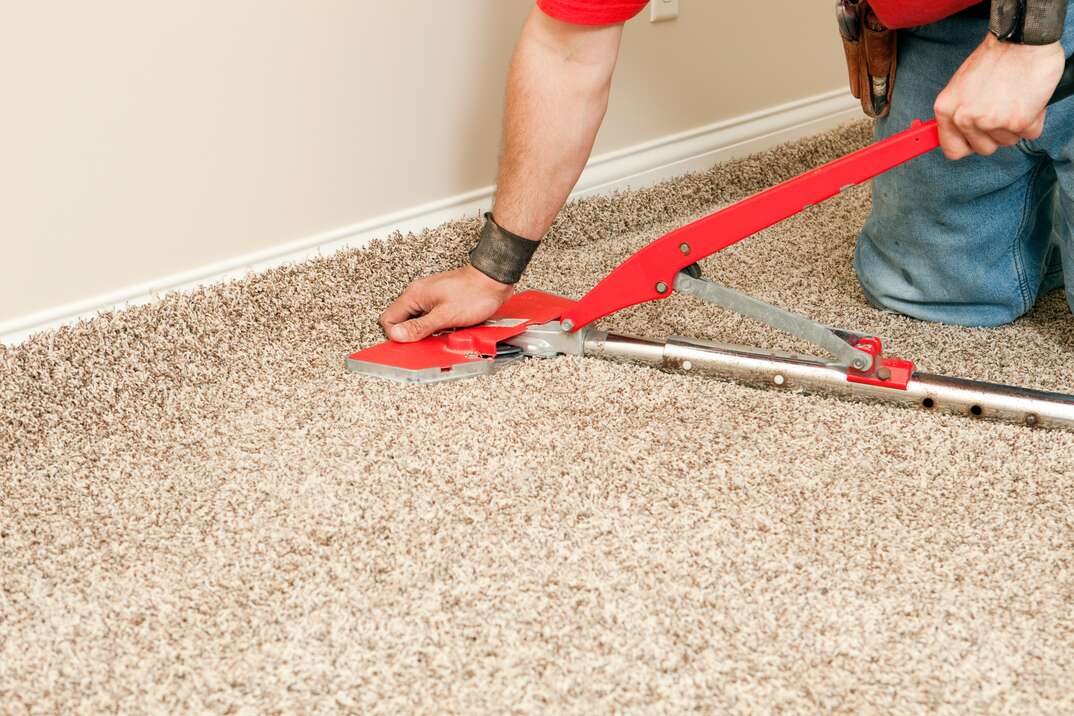


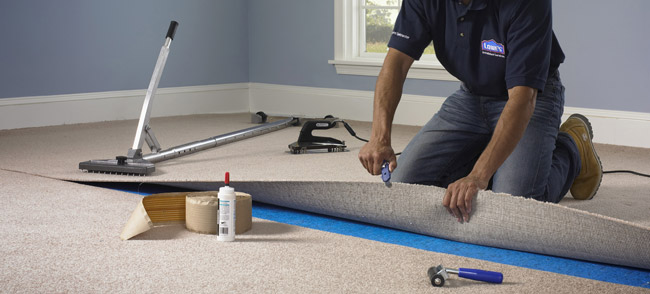

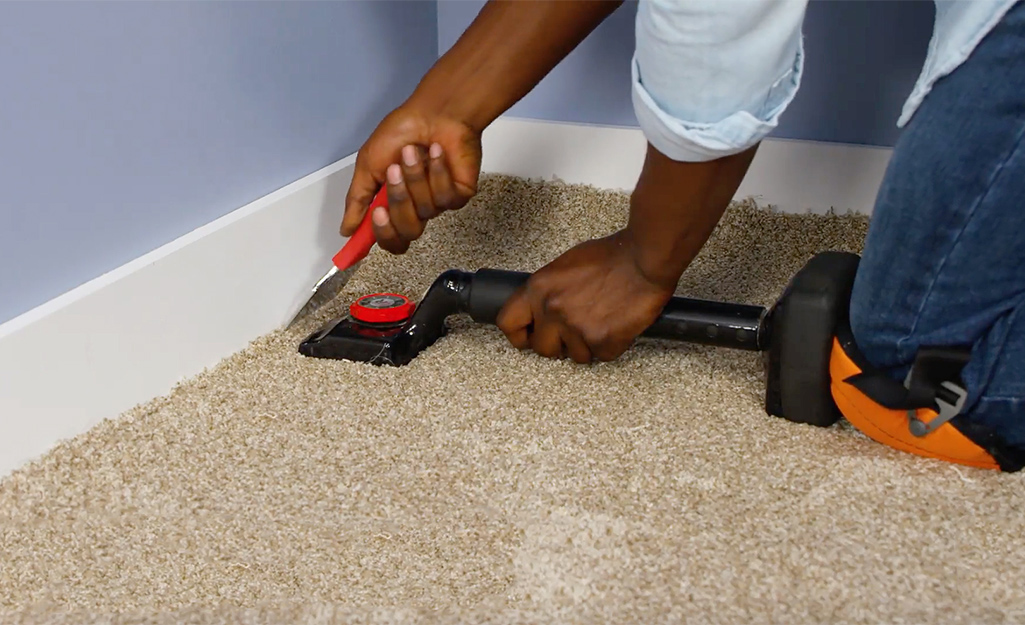

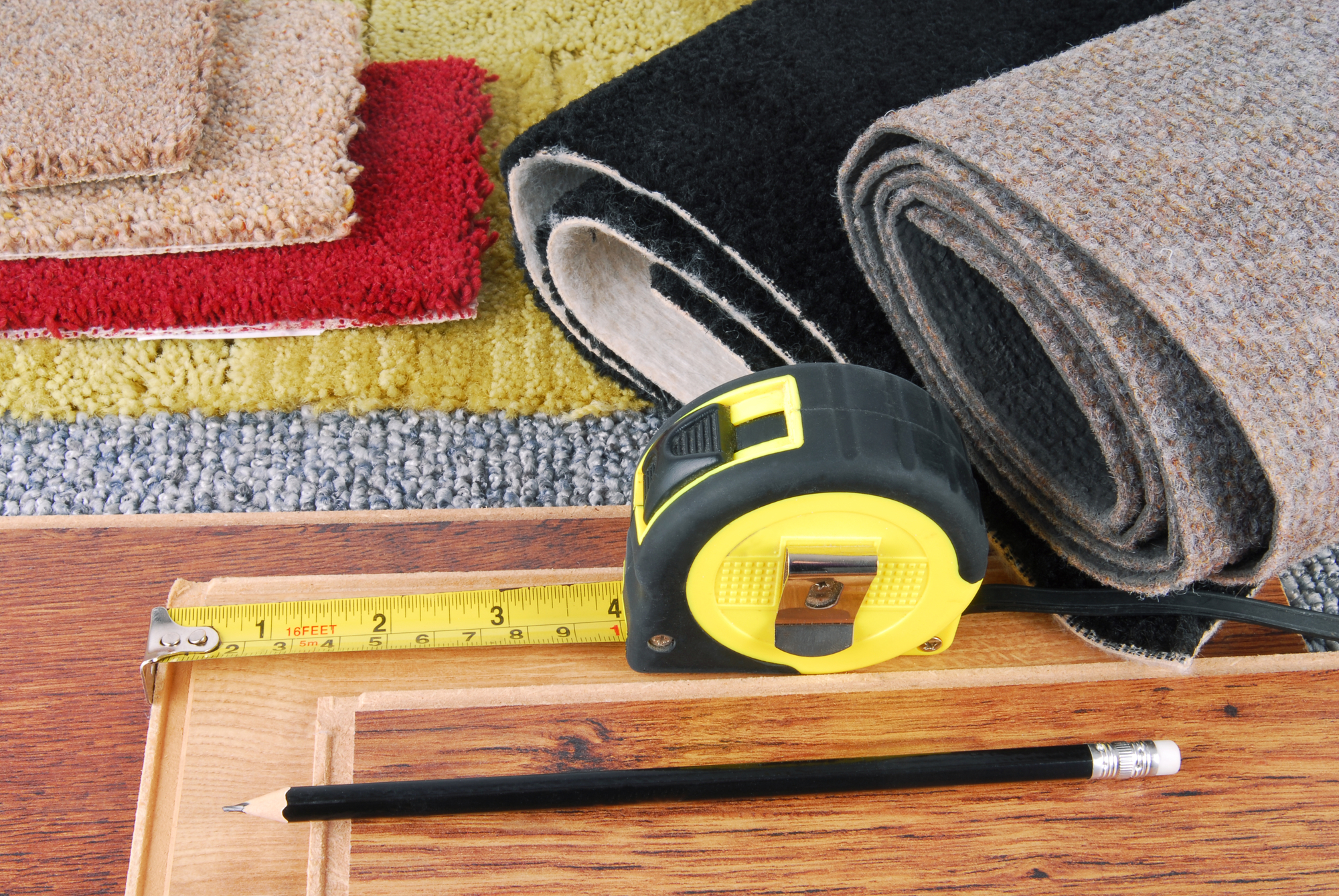



/Installing-Wall-to-Wall-Carpet-with-Stretcher-171270824-56a4a1135f9b58b7d0d7e587.jpg)

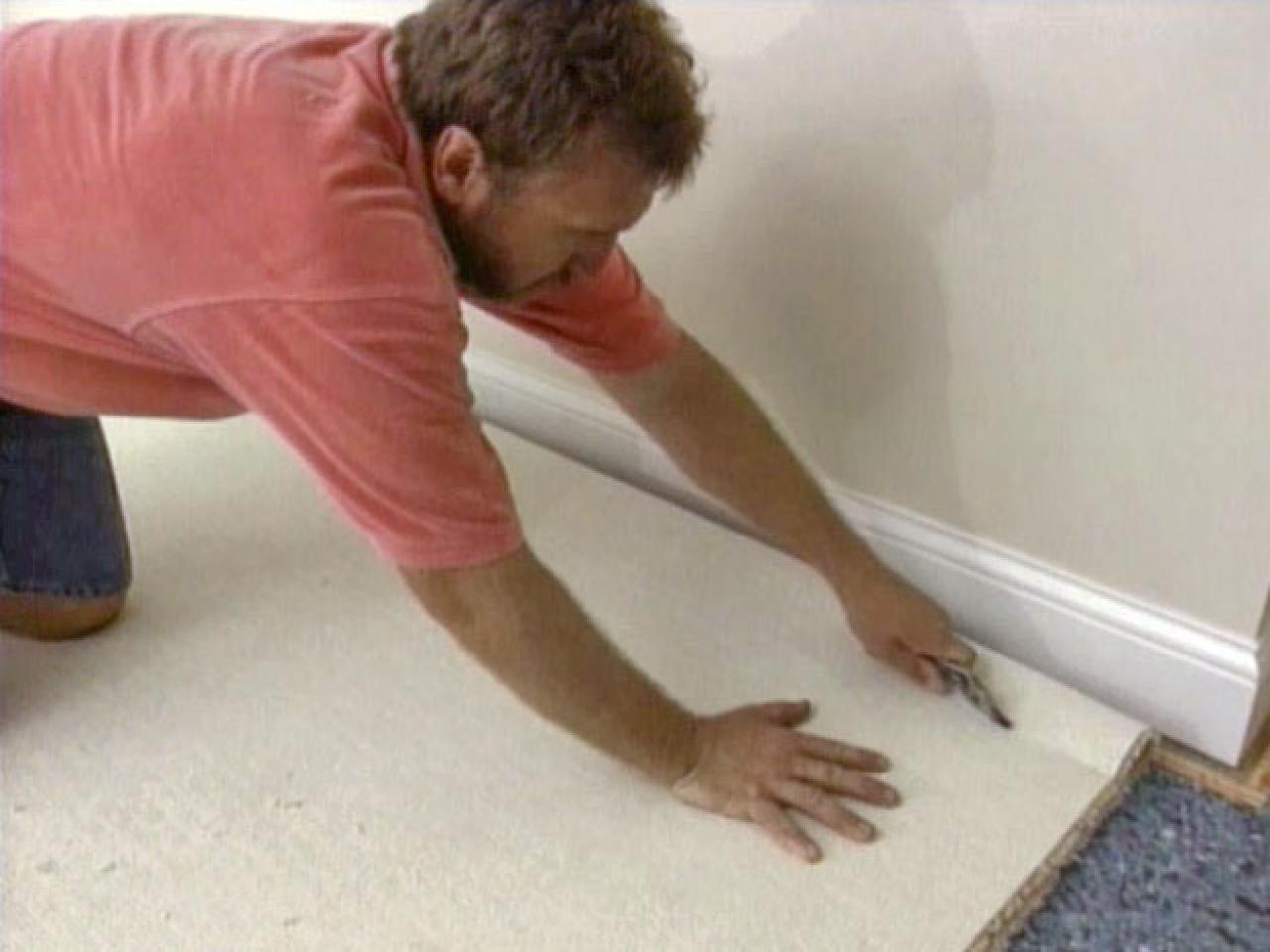


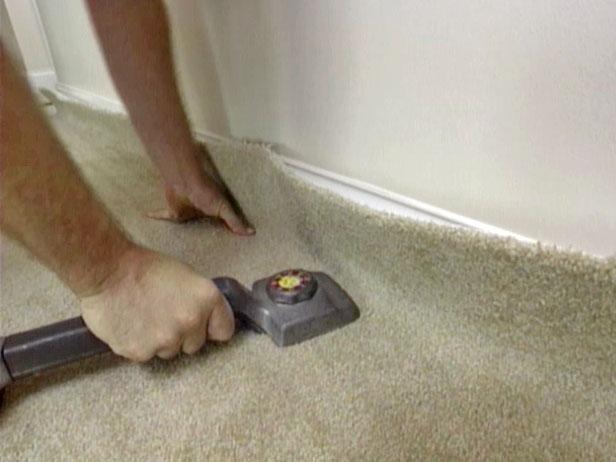

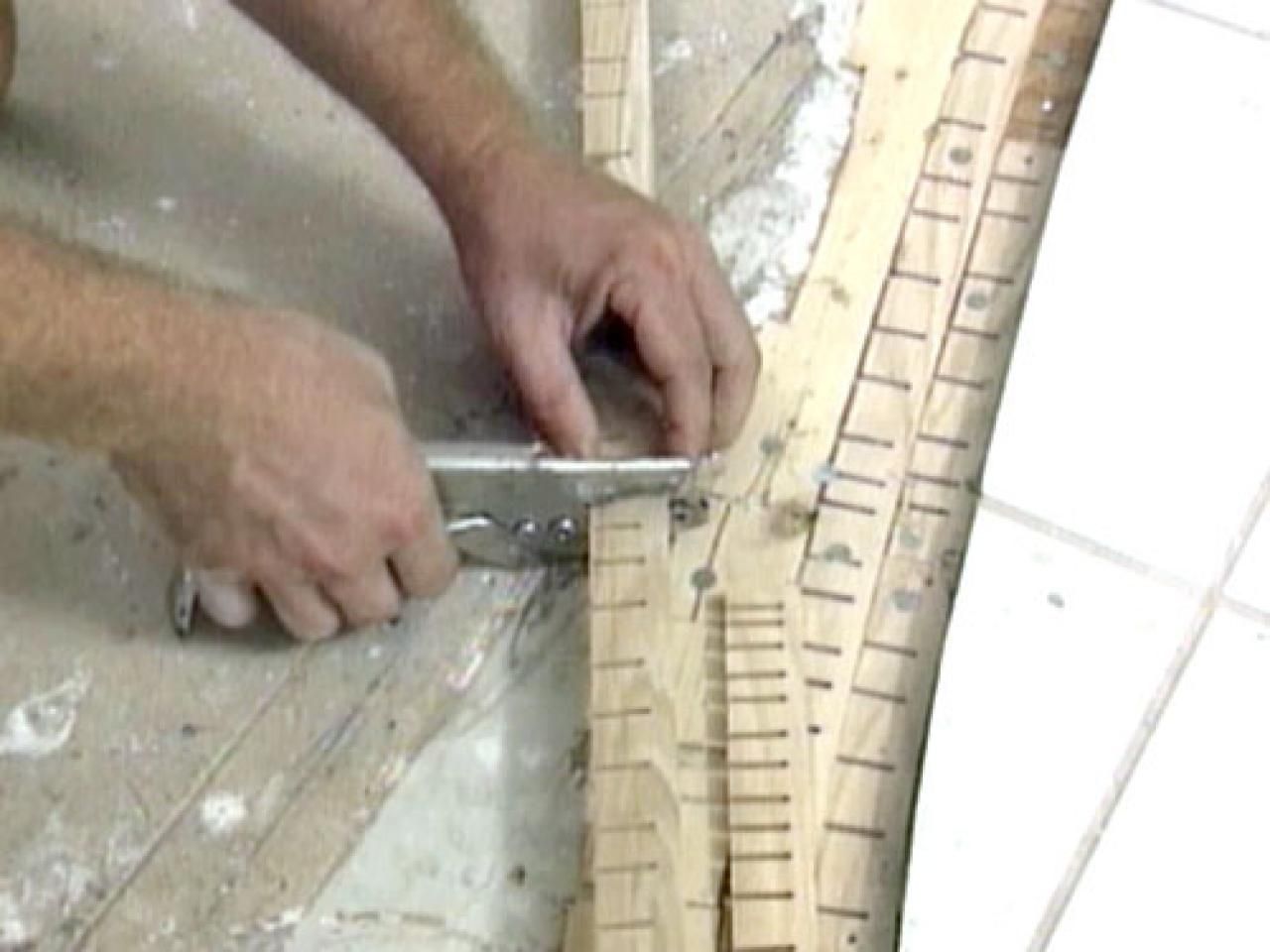
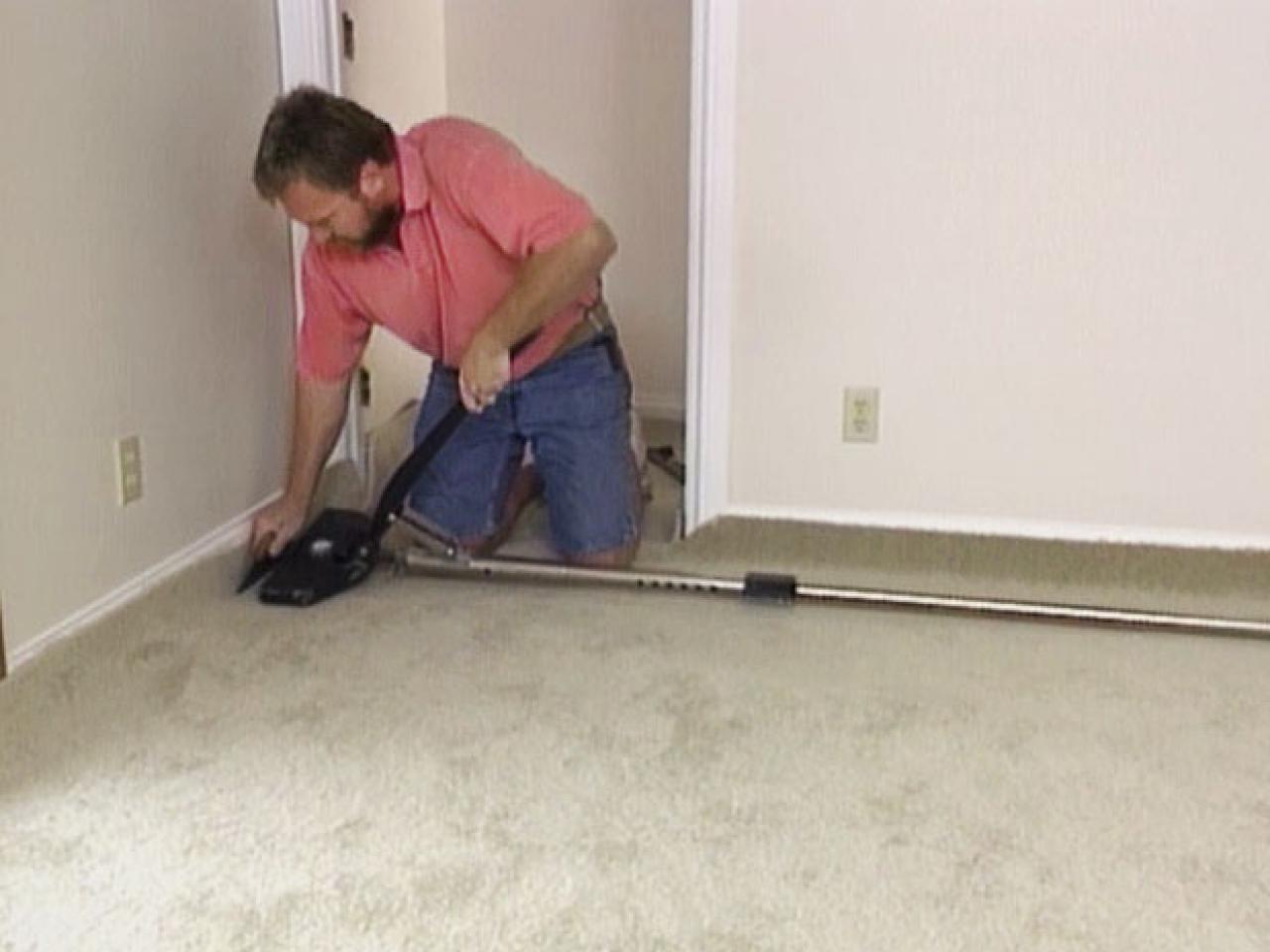
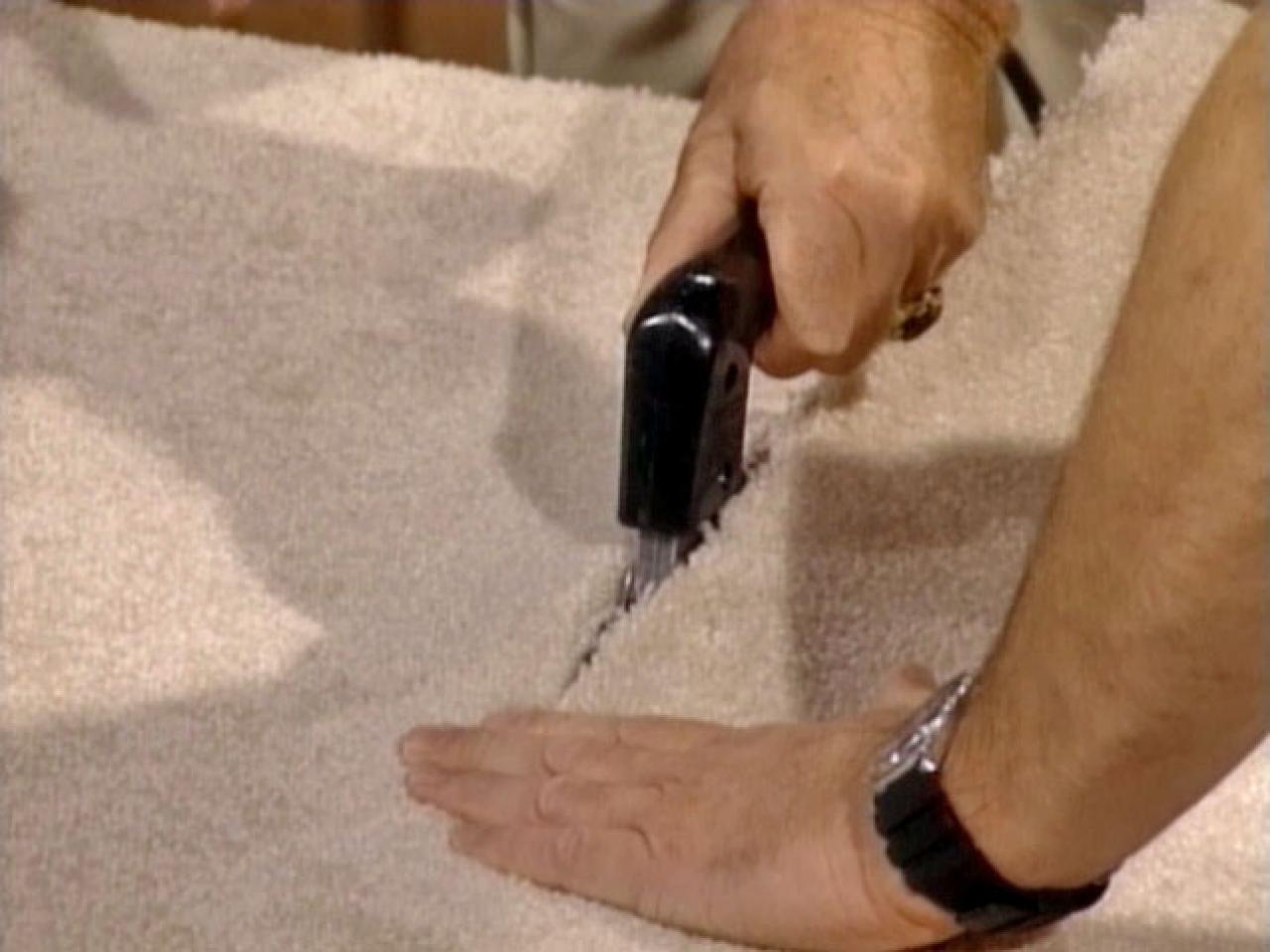

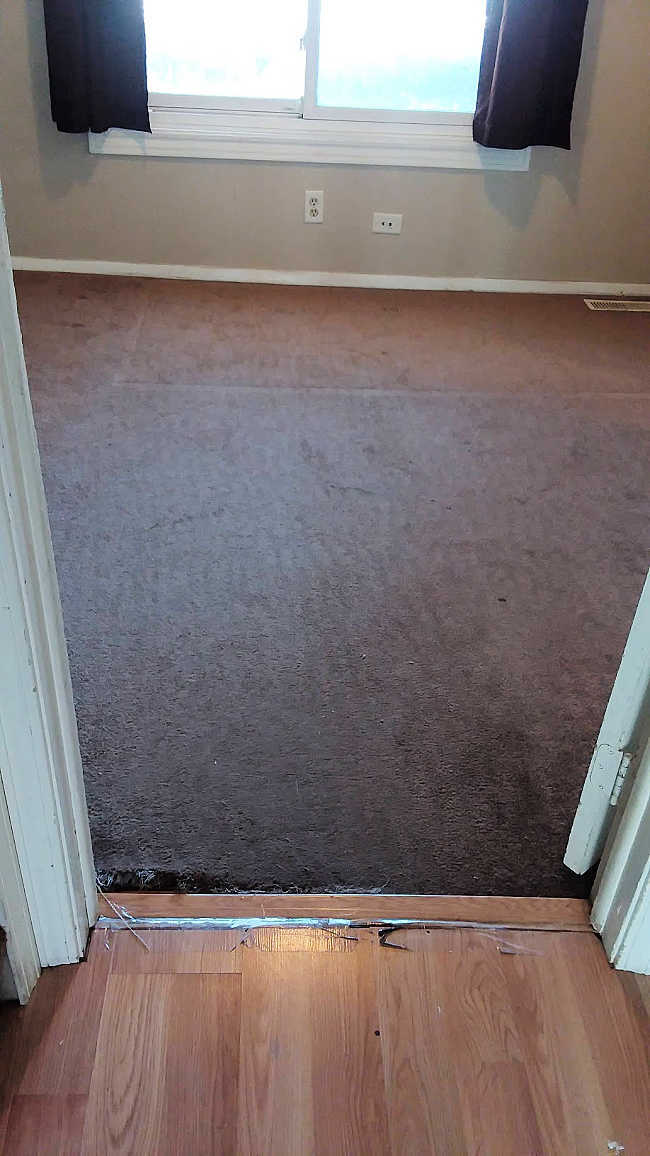


/cdn.vox-cdn.com/uploads/chorus_image/image/66181139/FB8G4R.8.jpg)

:max_bytes(150000):strip_icc()/CarpetTileInstallation10-56f4619d3df78c7841880bbc.jpg)

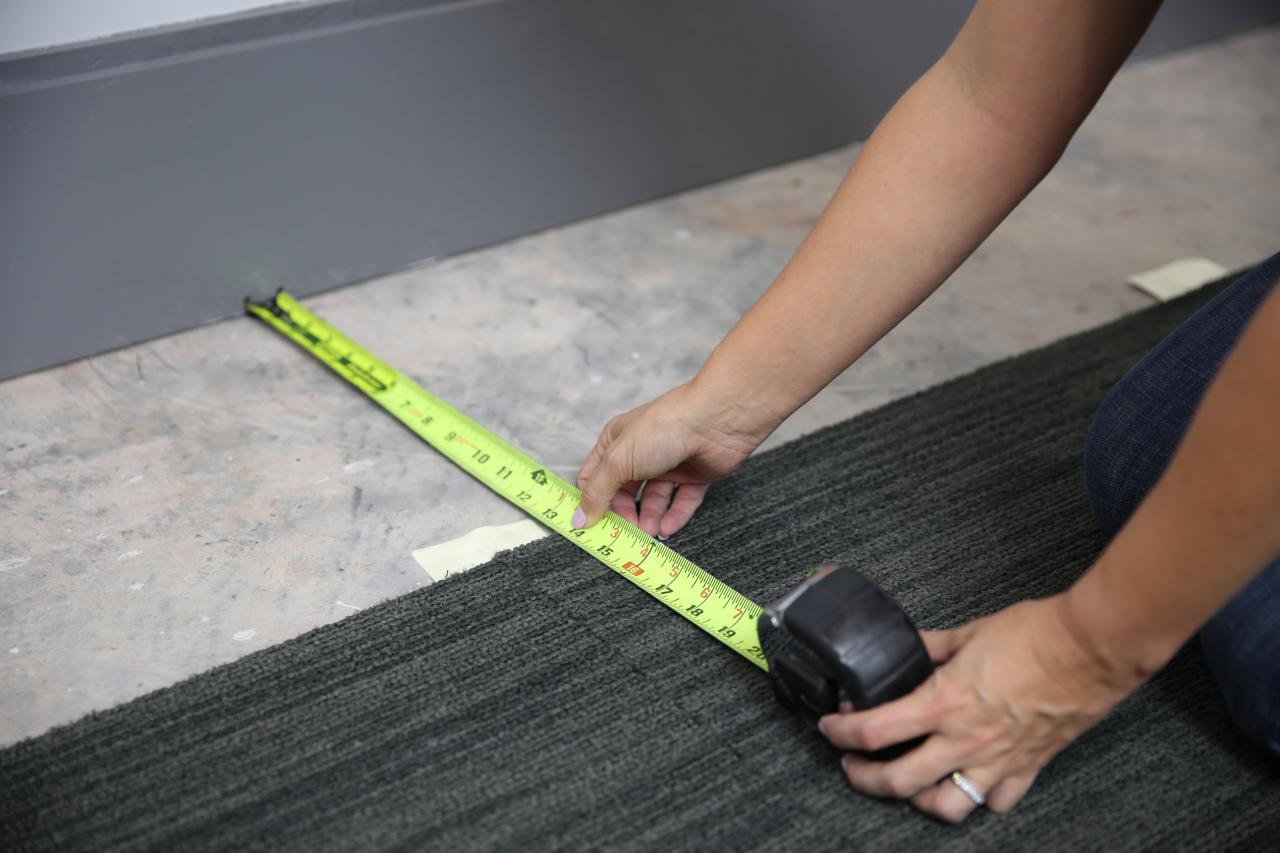




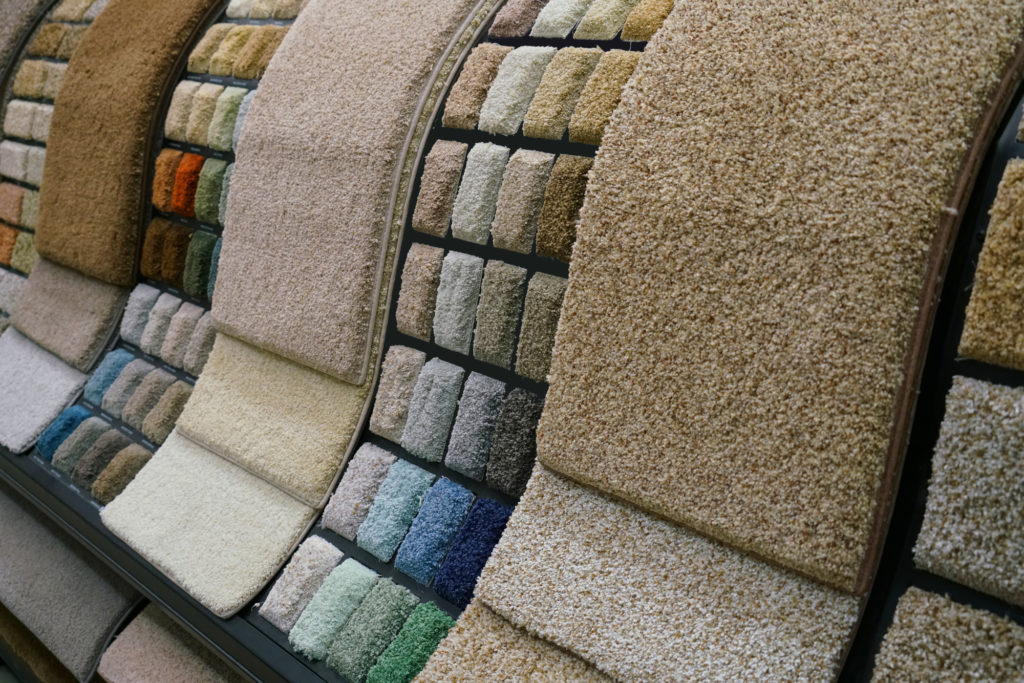
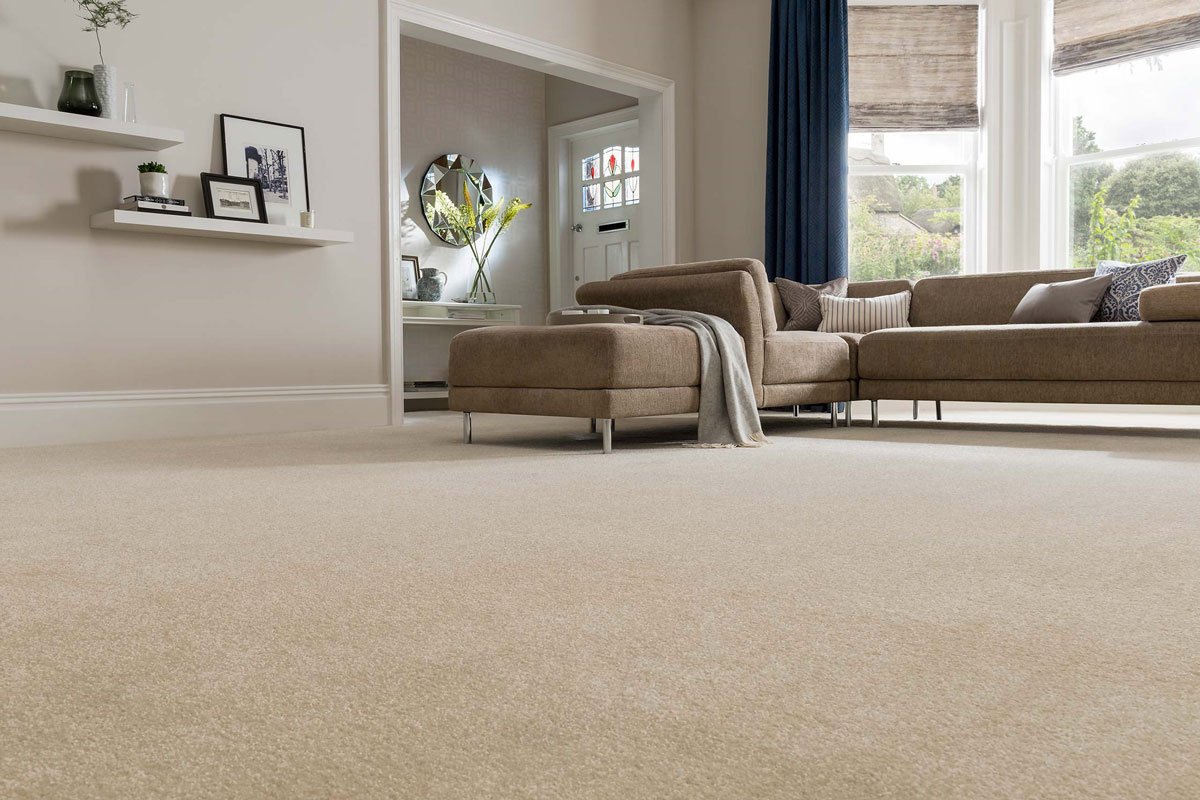
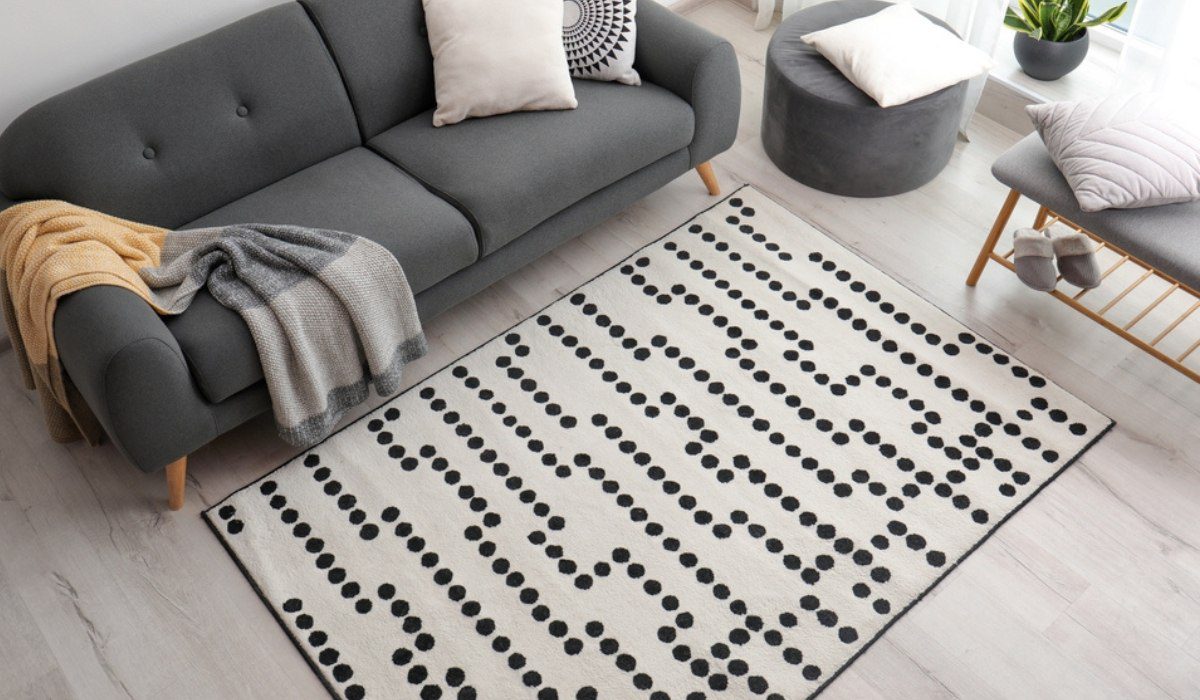

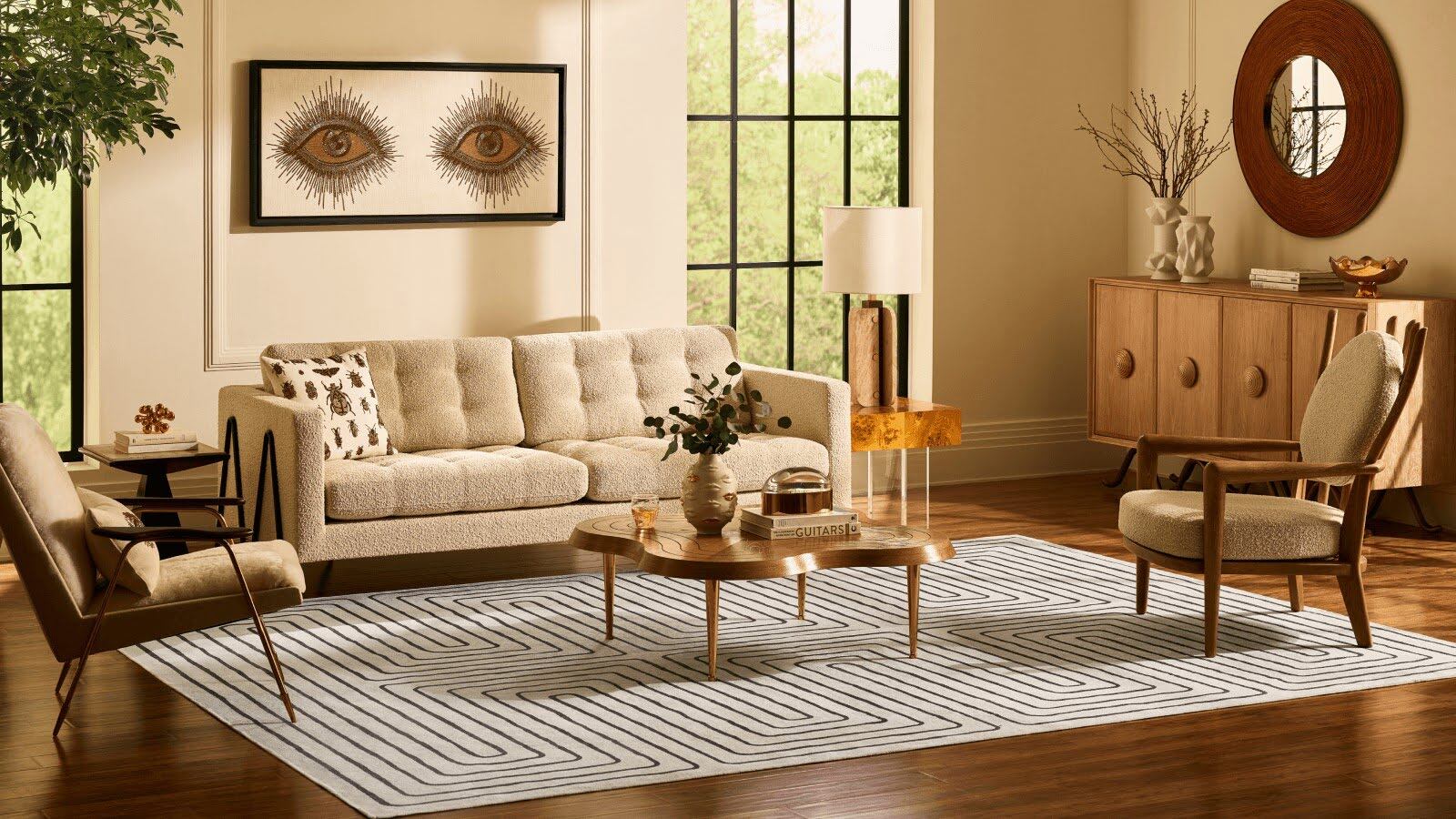
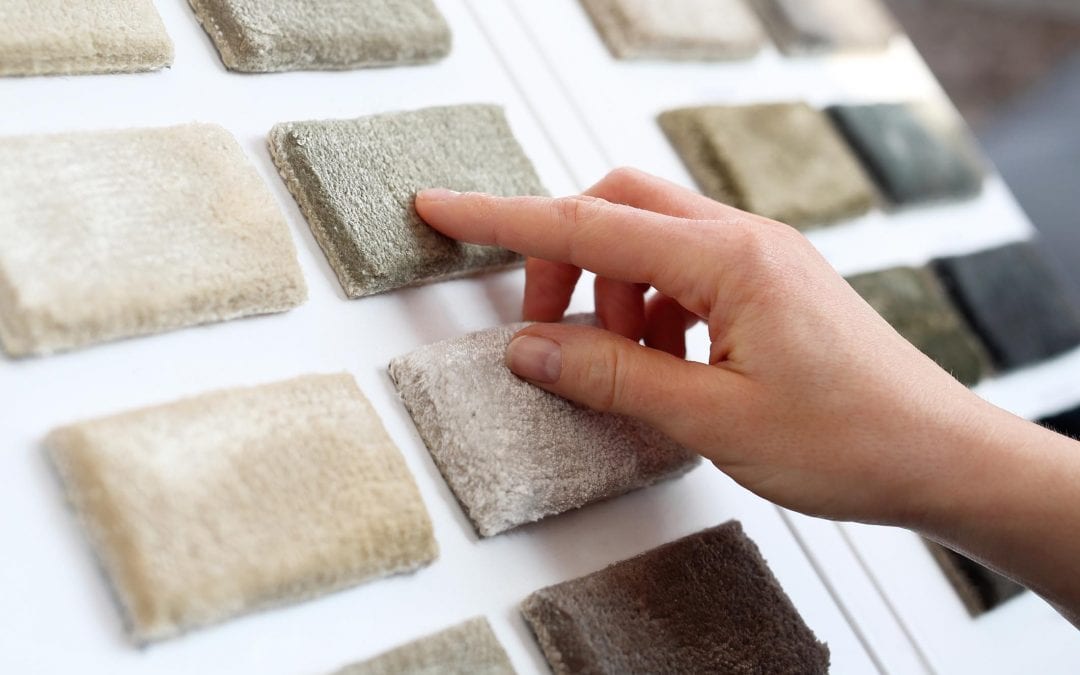
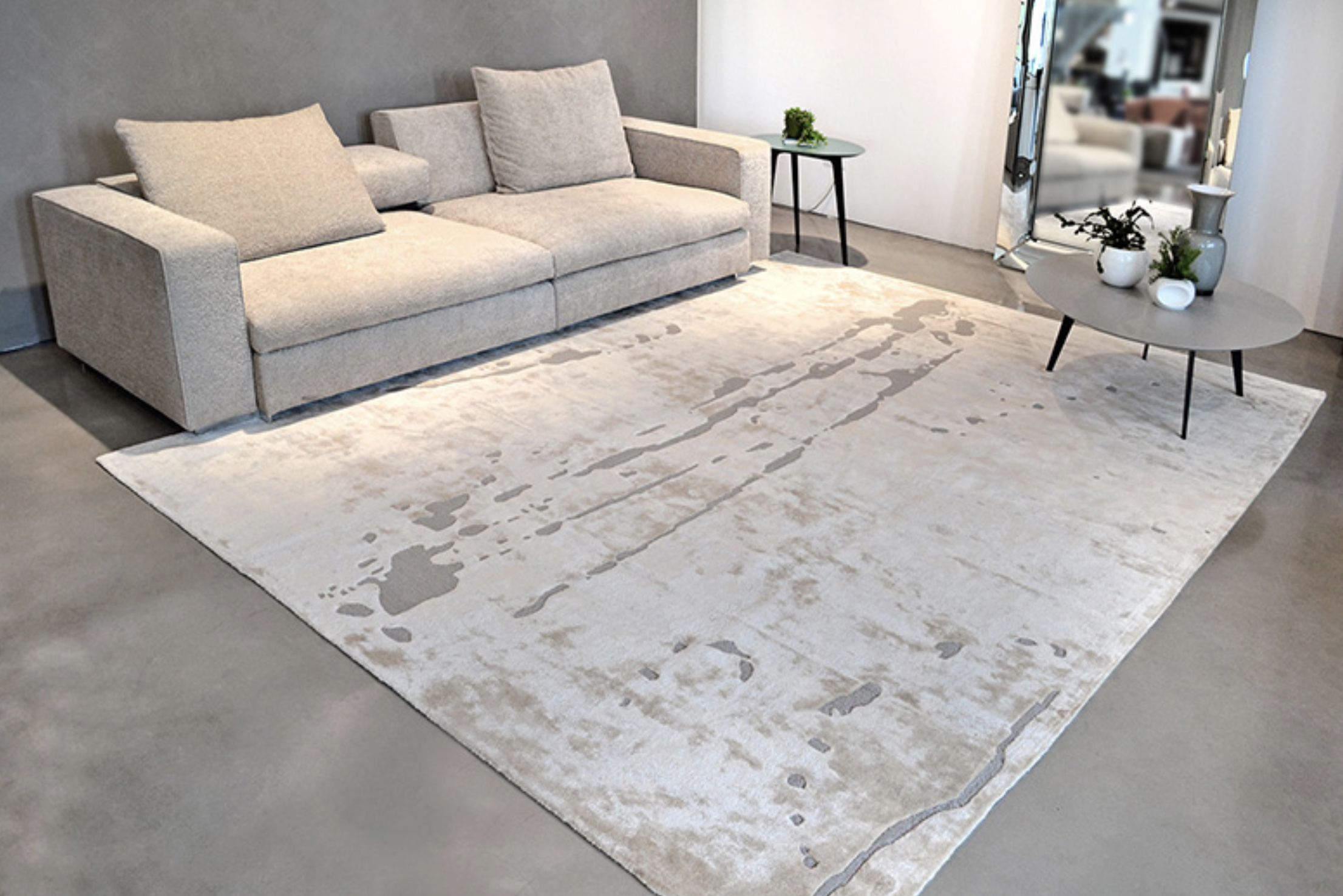




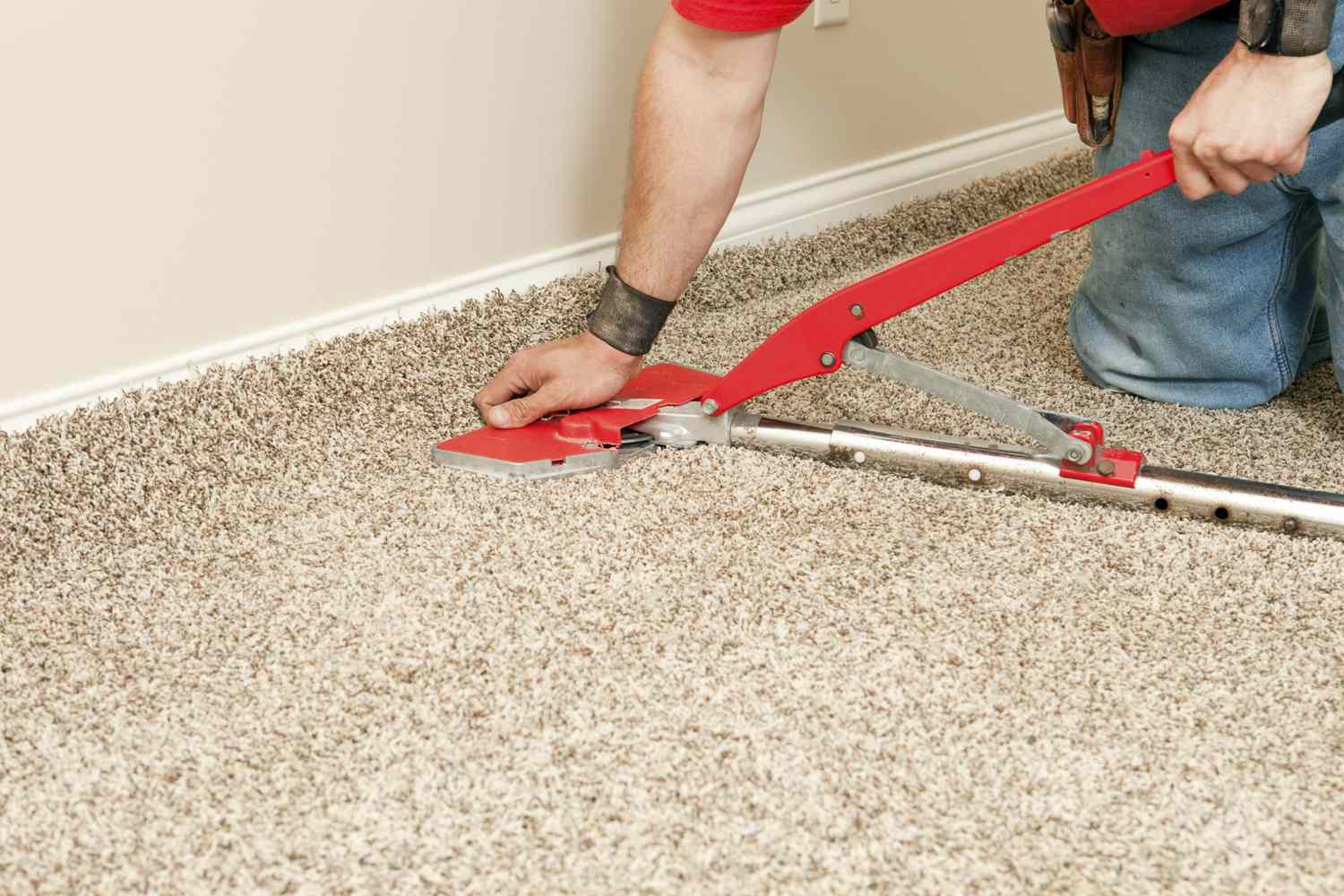
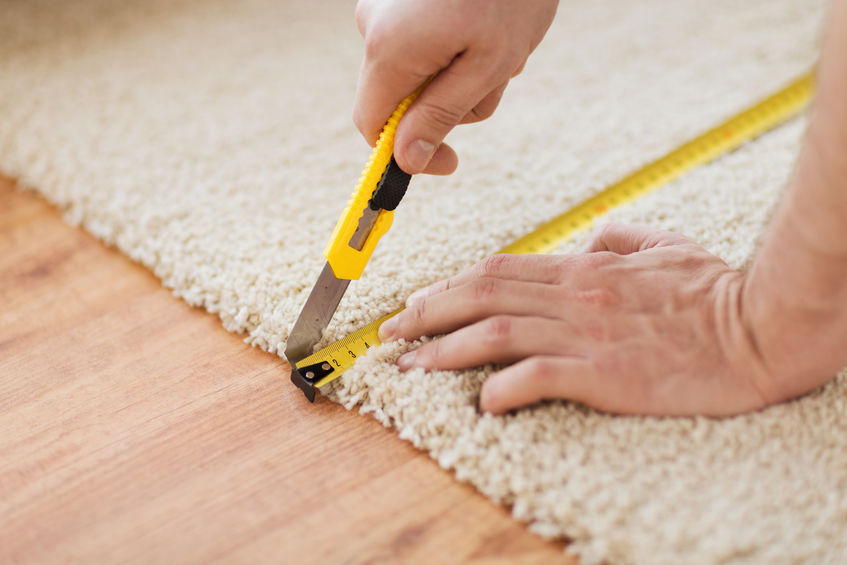
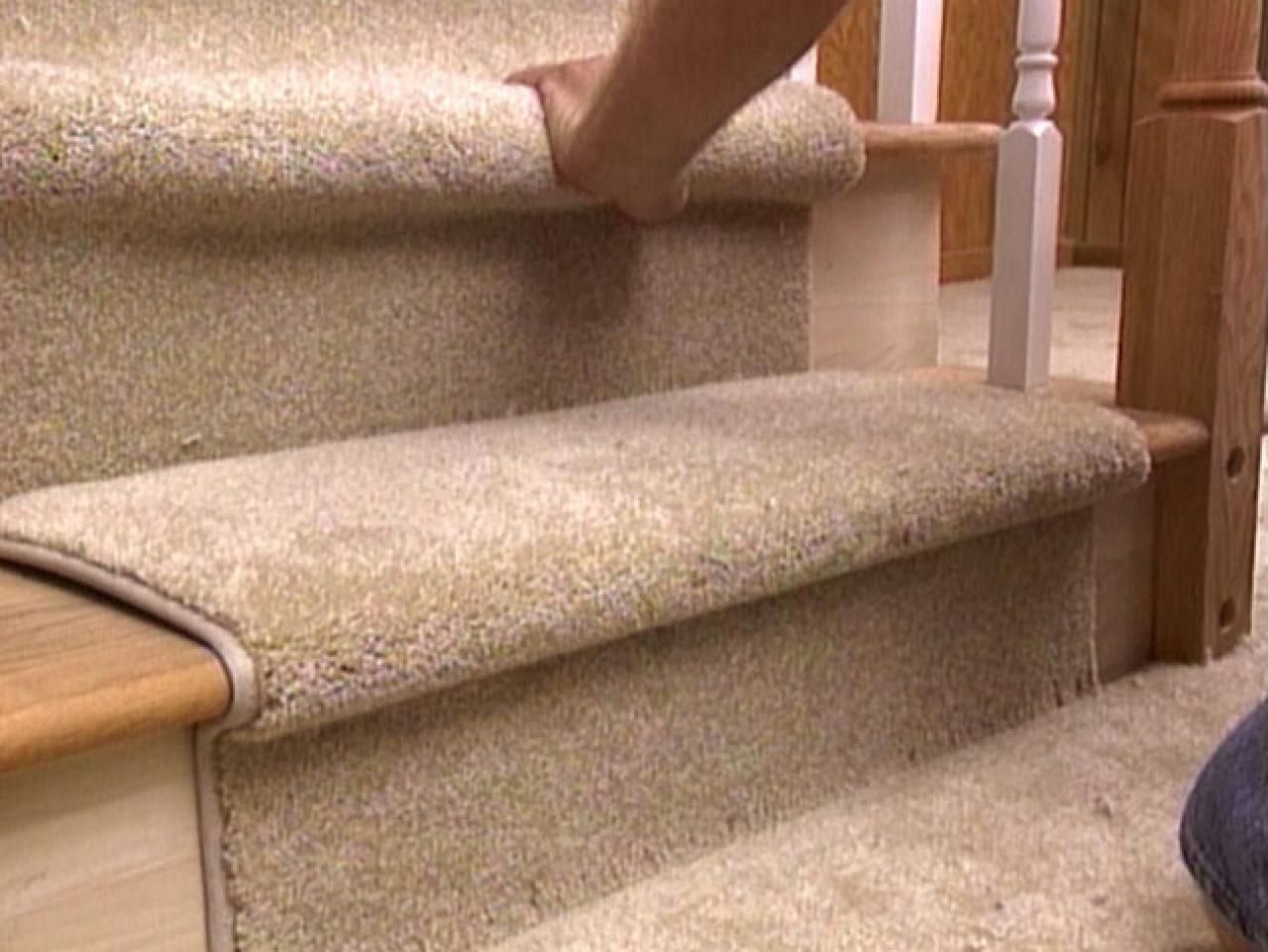
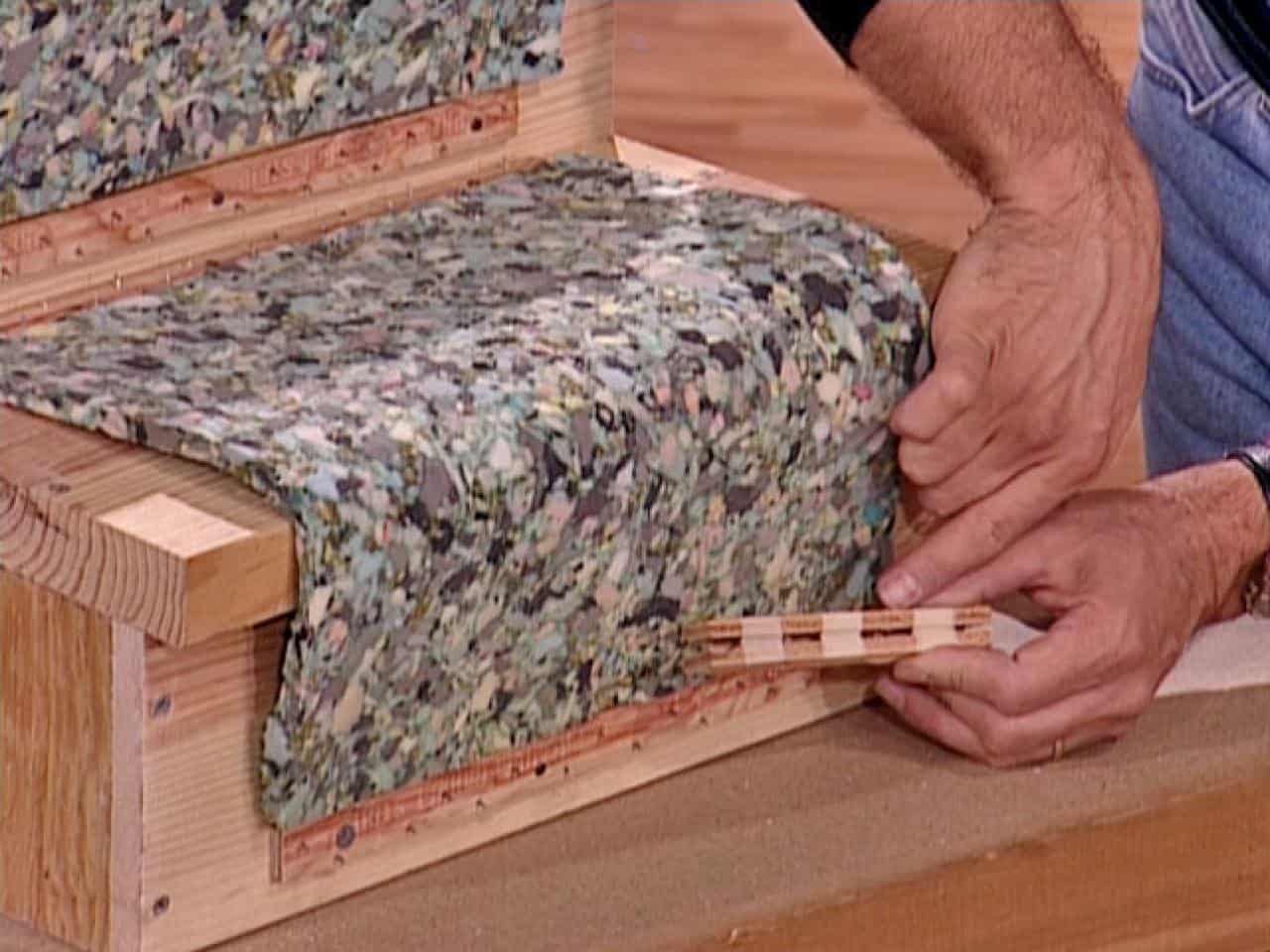

/installer-using-carpet-stretcher-on-stairs-175598181-588a47413df78caebc105b45.jpg)






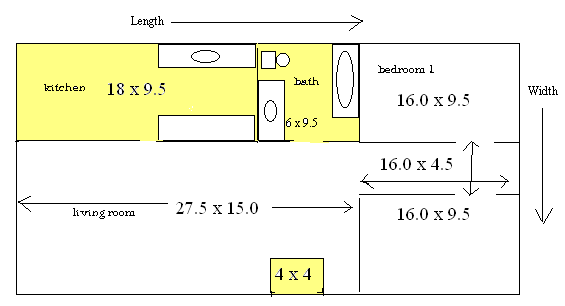
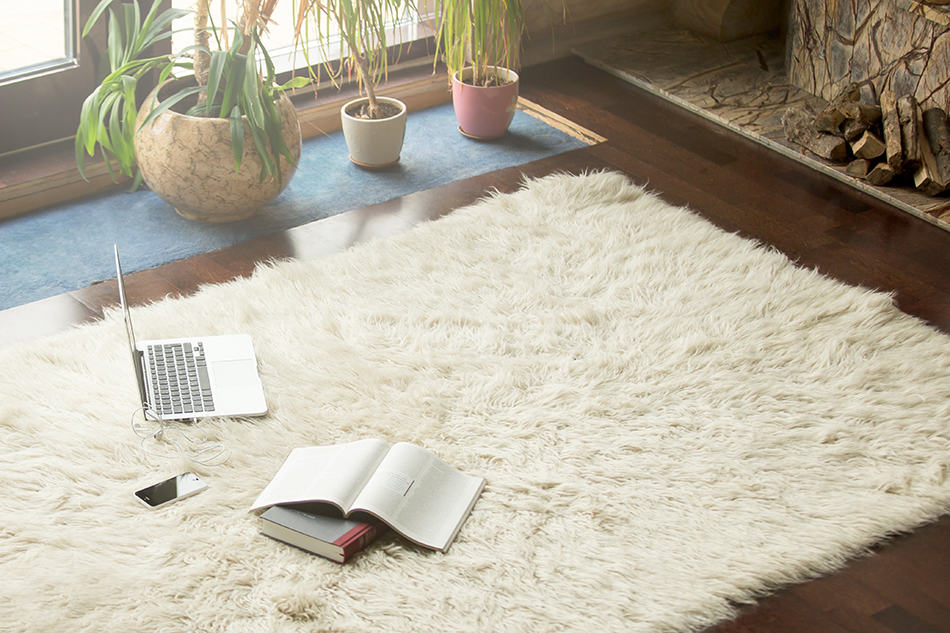






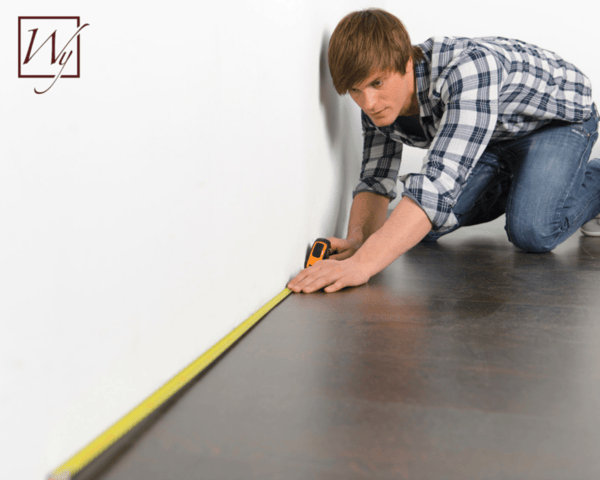
/GettyImages-705003699-ea64ad0279e3462c8c3dac46f3e41171.jpg)



:max_bytes(150000):strip_icc()/how-to-lay-laminate-flooring-1822250-01-0b84ff37785a4f8b94ab8bd30c300bfb.jpg)




